Throughout the history of government technology adoption, agencies have continually adapted to the ever-changing technological landscape. With the increasing demand for digital governance, the drive to modernize both the workforce and the citizen experiences is more important than ever. This dual focus ensures that agencies can not only improve their internal operations but also foster stronger, more responsive relationships with the public. This means fulfilling their overall missions easier than ever while rising to meet the ever-growing expectations of the people they serve.
Modernizing the Workforce
Government employees are the backbone of public service, working day in and day out to ensure that citizens receive the support they need. As the demands on these employees grow more complex, it’s crucial that we provide them not just with advanced tools, but with a work environment that fosters collaboration and encourages ongoing learning. The shift isn’t just about adopting new technologies; it’s about creating a culture where innovation thrives, and where every team member feels empowered to contribute to the agency’s mission.
With a rising demand for digital services, especially since the COVID-19 pandemic, public sector employees have faced unprecedented challenges. From adopting new technologies to managing complex workflows to rapidly adapting to this surge in service demands, their roles have become more fundamental than ever. This period highlighted the importance of equipping government workers with the skills and tools needed to thrive in a digital-first environment.
To navigate these challenges effectively, agencies must prioritize seamless collaboration and strategic work management. This involves adopting tools that enhance communication, align projects with agency goals, and provide transparency into progress. We’ve seen that by fostering a culture of collaboration and transparency, agencies can ensure that every project contributes to the broader mission, empowering employees to deliver results more efficiently.
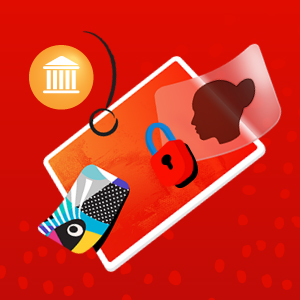
Moreover, modernization also means streamlining outdated processes that have long hindered efficiency. For example, enrollment processes have traditionally been slow and cumbersome, often relying on paper-based systems. By modernizing these workflows through automation and digital tools, agencies can reduce administrative burdens, improve accuracy, and speed up service delivery. This allows government employees to focus on more strategic tasks, ultimately enhancing the overall employee experience. These enrollment processes are not simply internal agency constraints but also form a core element of the drive to modernize the citizen experience as well.
Modernizing Citizen Experiences
In today’s digital world, citizens expect the same level of service from government agencies as they do from their favorite online retailers. This means that government websites and online services need to be intuitive, accessible, and responsive to the needs of every user. By prioritizing user-centered design and using data to inform decisions, agencies can ensure that their digital platforms are not only functional but also welcoming. It’s about making every interaction count, whether it’s a simple information request or a more complex service transaction.
It is often the case that the online presence of a government agency is the first point of contact for residents seeking information or services. However, many government websites still struggle with outdated designs and inconsistent content, which can negatively affect public perception and engagement. This is why creating those meaningful, personalized experiences is an integral part of digital transformation in the public sector. By doing so, agencies can create more cohesive, accessible, and engaging digital services that resonate with citizens. This approach ensures that online interactions are intuitive and aligned with the diverse needs of the public, leading to higher satisfaction and trust in government services.
Furthermore, in an era where information is consumed rapidly across multiple channels, the ability to quickly create, manage, and distribute content is crucial. Delays in content delivery can result in missed opportunities for engagement and a failure to address the immediate needs of citizens. By increasing content velocity—improving internal workflows, streamlining content management, and ensuring that content is tailored to specific audiences—agencies can more effectively communicate with the public, delivering prompt and relevant information that enhances citizen engagement.
Conclusion
The challenges facing government agencies today are significant, but they also present opportunities for innovation and growth. Modernizing the workforce and citizen experiences are two sides of the same coin in the journey toward a more efficient and responsive government. By adopting strategies that streamline work management, modernize enrollment processes, enhance web experiences, and increase content velocity, agencies can better serve their citizens and build a stronger connection between government and the public it serves. This dual approach to modernization is essential for navigating the challenges of the digital age and fulfilling the mission of serving citizens effectively.
View our Adobe webinar series to learn more about creating experience-driven government services.

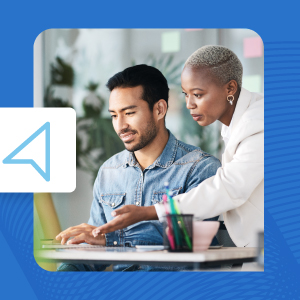 Accessibility, often considered a compliance requirement, is at the core of this transformation. Yet, true accessibility encompasses more than technical compliance. It demands a cultural shift towards empathy and understanding. It calls for dedicated teams to champion accessibility at every stage of service delivery. It challenges agencies to view every interaction as an opportunity to forge a deeper connection with citizens.
Accessibility, often considered a compliance requirement, is at the core of this transformation. Yet, true accessibility encompasses more than technical compliance. It demands a cultural shift towards empathy and understanding. It calls for dedicated teams to champion accessibility at every stage of service delivery. It challenges agencies to view every interaction as an opportunity to forge a deeper connection with citizens.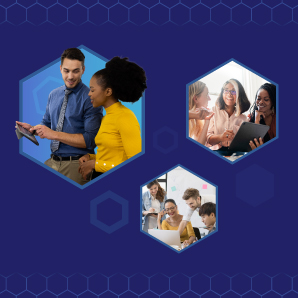 Developing a DEIA strategy involves a multitude of moving pieces like analyzing data, enforcing requirements, measuring effectiveness and ensuring progress. All of these areas culminate in sustainable cultural intelligence for organizations. Starting the conversation around DEIA in the context of CX begins with the on-going theme of communication rooted in trust—especially employee and customer trust in the Government. During
Developing a DEIA strategy involves a multitude of moving pieces like analyzing data, enforcing requirements, measuring effectiveness and ensuring progress. All of these areas culminate in sustainable cultural intelligence for organizations. Starting the conversation around DEIA in the context of CX begins with the on-going theme of communication rooted in trust—especially employee and customer trust in the Government. During  One of the elements that can be incorporated to provide a more expansive digital learning experience is gamification, where users earn points for completing courses or activities. Gamification can foster friendly competition and incentivize learners to engage with available content. Users can see point values increase in real time and track their achievements, giving them bursts of encouragement from seeing their work move them up the virtual scoreboard. Normally, gamification systems are executed through a Learning Management System, used to deliver and track training. Settings can be adjusted accordingly to account for a range of content, activities, and point values.
One of the elements that can be incorporated to provide a more expansive digital learning experience is gamification, where users earn points for completing courses or activities. Gamification can foster friendly competition and incentivize learners to engage with available content. Users can see point values increase in real time and track their achievements, giving them bursts of encouragement from seeing their work move them up the virtual scoreboard. Normally, gamification systems are executed through a Learning Management System, used to deliver and track training. Settings can be adjusted accordingly to account for a range of content, activities, and point values. When interacting with taxpayers, agencies need to help remove the complexity from technology. If customers do not know how to navigate government websites and online services, then the aid will be futile. Customers should not be expected to understand agency charts or data just to receive benefits. As such, the public sector must prioritize strong customer service to improve customer experience.
When interacting with taxpayers, agencies need to help remove the complexity from technology. If customers do not know how to navigate government websites and online services, then the aid will be futile. Customers should not be expected to understand agency charts or data just to receive benefits. As such, the public sector must prioritize strong customer service to improve customer experience.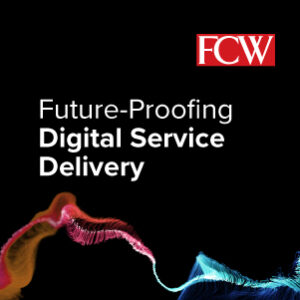 The Benefits of Treating Employees Like Customers
The Benefits of Treating Employees Like Customers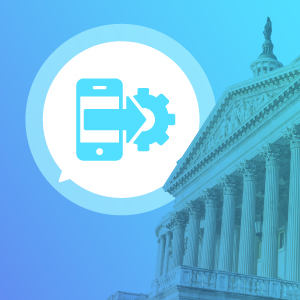 When records are digitized, different agencies and service providers can more easily collaborate on shared initiatives. Tools like AI can help to demonstrate value at scale, versus manual, error-prone paper-laden processes, and accelerate digital transition. Late in the process, agencies can introduce RPA, focusing on automating processes that have a high return on investment and can free staff to perform more high value activities.
When records are digitized, different agencies and service providers can more easily collaborate on shared initiatives. Tools like AI can help to demonstrate value at scale, versus manual, error-prone paper-laden processes, and accelerate digital transition. Late in the process, agencies can introduce RPA, focusing on automating processes that have a high return on investment and can free staff to perform more high value activities.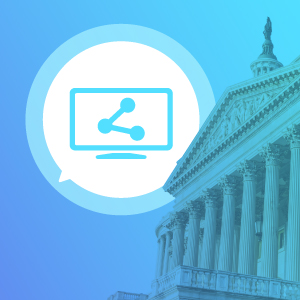 Prioritizing User Experience
Prioritizing User Experience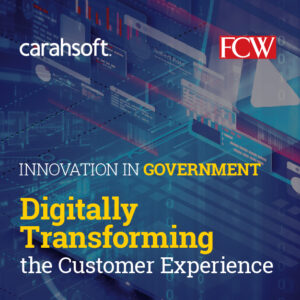 Amplifying the Power of the Customer’s Voice
Amplifying the Power of the Customer’s Voice